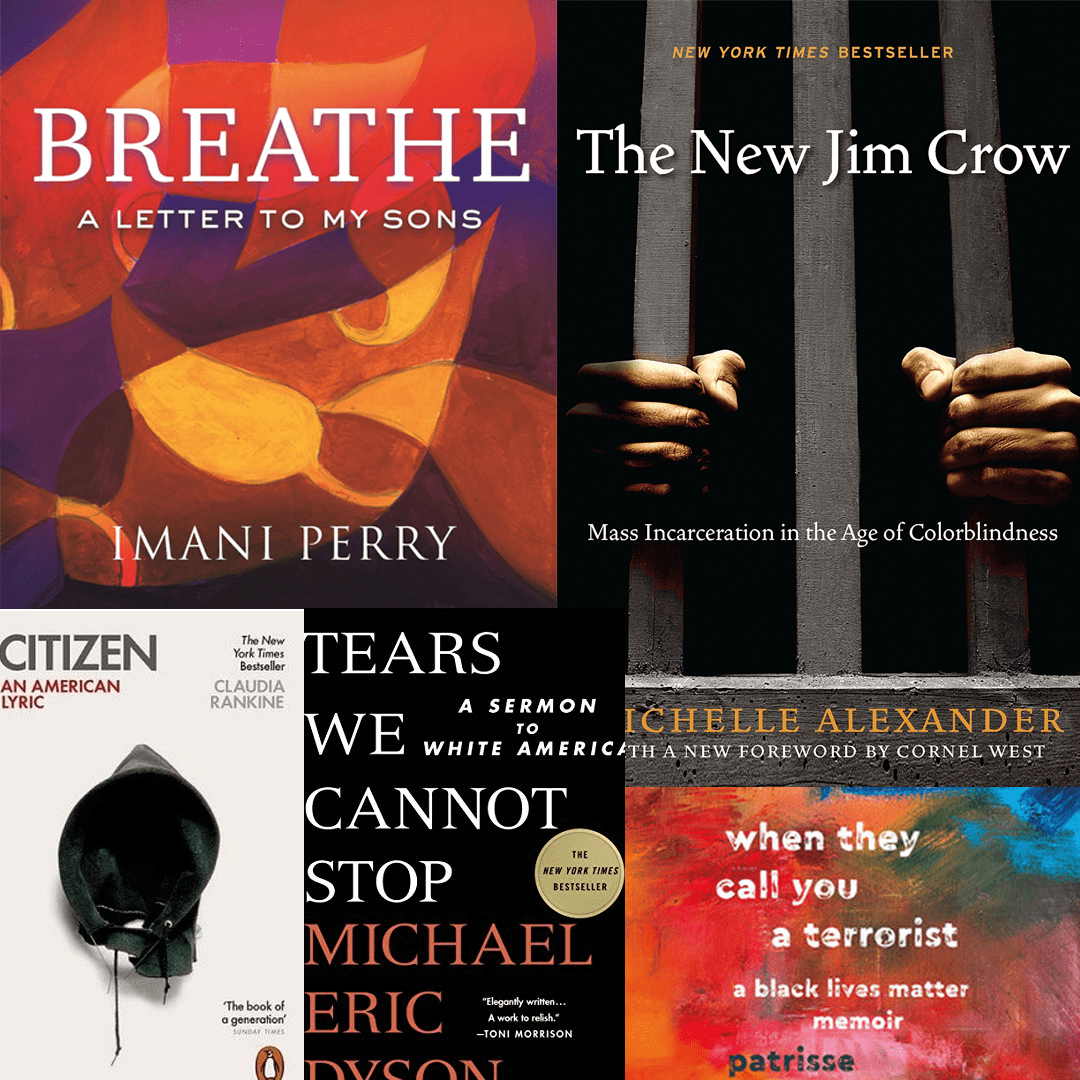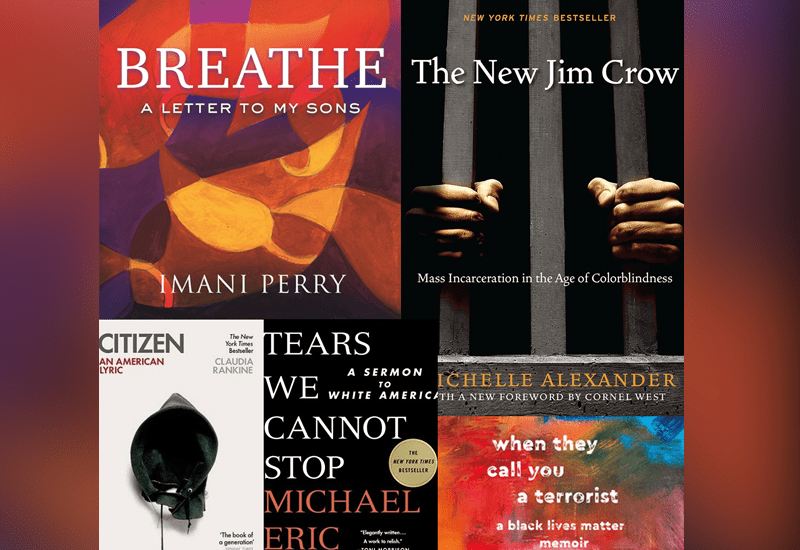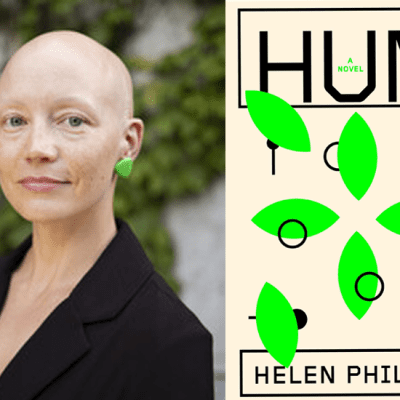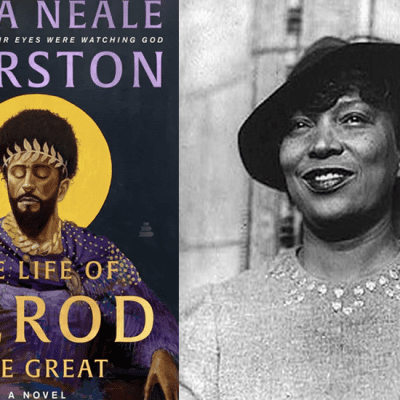
On May 25, 2020, while handcuffed and lying down with a knee to his neck by a white Minneapolis police officer, George Floyd whispered, “I Can’t Breathe.” Minutes later, he took his last breath. A seventeen-year-old bystander recorded the incident and released the video on social media. Within seconds, the world would see another Black man needlessly die at the hands of state law enforcement.
Just days before Floyd’s death, a video surfaced showing Ahmaud Arbery, a twenty-something Black man in Georgia, as he was hunted down by two white men. They cornered Arbery, assaulted and fatally shot him. Arbery was on a recreational run, unarmed. Months went by before Arbery’s assailants were arrested and charged with murder.
As the Black community reeled from the news of Arbery and Floyd, it would learn that Breonna Taylor, a Black Emergency Medical Technician from Louisville, Kentucky, was shot at least eight times while sleeping by police officers as they entered the wrong house. An investigation has been launched by the state of Kentucky and the US Justice Department but no charges have been brought as of the writing of this post.
The deaths of Floyd, Arbery and Taylor have resurrected painful memories for America’s Black community who feel that state-sanctioned violence, innocent death and a criminal justice system that feeds on their lives have become all too commonplace. Their collective frustration brought out a multi-racial coalition of activists leading protests across the country from Los Angeles to Chicago to Atlanta, DC, New York. Chants of “Black Lives Matter” and “No Justice, No Peace” rang loudly off of urban landscapes. The sentiment would be felt across the world as rallies were held in Paris, London, New Zealand and other places – an indicator that the aggrieved and their allies would no longer be silenced.
As protesters rightfully express their angst about systemic injustices, writers, poets, journalists, historians, and academics are picking up their pens to ensure the moment is captured, that it is given proper context for today’s generation and the next.
At JARO, we want to amplify these writers whose work, before this moment, have helped us understand how we got here. The 10 books featured below are but a starter list for the curious.
We would love to know what books are on your list that’s not on ours. Visit JARO Books to learn more.
1. How to Be an Antiracist by Ibram X. Kendi
“In How to Be an Antiracist, Kendi takes readers through a widening circle of antiracist ideas—from the most basic concepts to visionary possibilities—that will help readers see all forms of racism clearly, understand their poisonous consequences, and work to oppose them in our systems and in ourselves.”
2. The New Jim Crow: Mass Incarceration in the Age of Colorblindness by Michelle Alexander
“Praised by Harvard Law professor Lani Guinier as “brave and bold,” this book directly challenges the notion that the election of Barack Obama signals a new era of colorblindness. With dazzling candor, legal scholar Michelle Alexander argues that “we have not ended racial caste in America; we have merely redesigned it.” By targeting black men through the War on Drugs and decimating communities of color, the U.S. criminal justice system functions as a contemporary system of racial control—relegating millions to a permanent second-class status—even as it formally adheres to the principle of colorblindness. In the words of Benjamin Todd Jealous, president and CEO of the NAACP, this book is a “call to action.”
3. White Fragility: Why It’s So Hard for White People to Talk About Racism by Robin DiAngelo
“In this “vital, necessary, and beautiful book” (Michael Eric Dyson), antiracist educator Robin DiAngelo deftly illuminates the phenomenon of white fragility and “allows us to understand racism as a practice not restricted to ‘bad people’ (Claudia Rankine). Referring to the defensive moves that white people make when challenged racially, white fragility is characterized by emotions such as anger, fear, and guilt, and by behaviors including argumentation and silence. These behaviors, in turn, function to reinstate white racial equilibrium and prevent any meaningful cross-racial dialogue. In this in-depth exploration, DiAngelo examines how white fragility develops, how it protects racial inequality, and what we can do to engage more constructively.”
4. When They Call You a Terrorist: A Black Lives Matter Memoir by Patrice Khan-Cullors
“In this empowering account of survival, strength and resilience, Patrisse Khan-Cullors and award-winning author and journalist asha bandele recount the personal story that led Patrisse to become a founder of Black Lives Matter, seeking to end the culture that declares Black life expendable. Like the era-defining movement she helped create, this rallying cry demands you do not look away.”
5. Tears We Cannot Stop: A Sermon to White America by Michael Eric Dyson
“Short, emotional, literary, powerful―Tears We Cannot Stop is the book that all Americans who care about the current and long-burning crisis in race relations will want to read. Dyson argues that if we are to make real racial progress we must face difficult truths, including being honest about how black grievance has been ignored, dismissed, or discounted.”
6. Citizen: An American Lyric by Claudia Rankine
“Claudia Rankine’s bold new book recounts mounting racial aggressions in ongoing encounters in twenty-first-century daily life and in the media. In essay, image, and poetry, Citizen is a powerful testament to the individual and collective effects of racism in our contemporary, often named “post-race” society.”
7. White Like Me: Reflections on Race from a Privileged Son by Tim Wise
“The inspiration for the acclaimed documentary film, this deeply personal polemic reveals how racial privilege shapes the daily lives of white Americans in every realm: employment, education, housing, criminal justice, and elsewhere. Using stories from his own life, Tim Wise examines what it really means to be white in a nation created to benefit people who are “white like him.”
8. Breathe: A Letter to My Sons by Imani Perry
“Emotionally raw and deeply reflective, Imani Perry issues an unflinching challenge to society to see Black children as deserving of humanity. She admits fear and frustration for her African American sons in a society that is increasingly racist and at times seems irredeemable. However, as a mother, feminist, writer, and intellectual, Perry offers an unfettered expression of love—finding beauty and possibility in life—and she exhorts her children and their peers to find the courage to chart their own paths and find steady footing and inspiration in Black tradition.”
9. Nobody: Casualties of America’s War on the Vulnerable, from Ferguson to Flint and Beyond by Marc Lamont Hill
“In this “thought-provoking and important” (Library Journal) analysis of state-sanctioned violence, Marc Lamont Hill carefully considers a string of high-profile deaths in America—Sandra Bland, Freddie Gray, Michael Brown, Eric Garner, Trayvon Martin, and others—and incidents of gross negligence by government, such as the water crisis in Flint, Michigan. He digs underneath these events to uncover patterns and policies of authority that allow some citizens become disempowered, disenfranchised, poor, uneducated, exploited, vulnerable, and disposable.”
10. The Color of Law: A Forgotten History of How Our Government Segregated America by Richard Rothstein
“In this groundbreaking history of the modern American metropolis, Richard Rothstein, a leading authority on housing policy, explodes the myth that America’s cities came to be racially divided through de facto segregation―that is, through individual prejudices, income differences, or the actions of private institutions like banks and real estate agencies. Rather, The Color of Law incontrovertibly makes clear that it was de jure segregation―the laws and policy decisions passed by local, state, and federal governments―that actually promoted the discriminatory patterns that continue to this day.”









